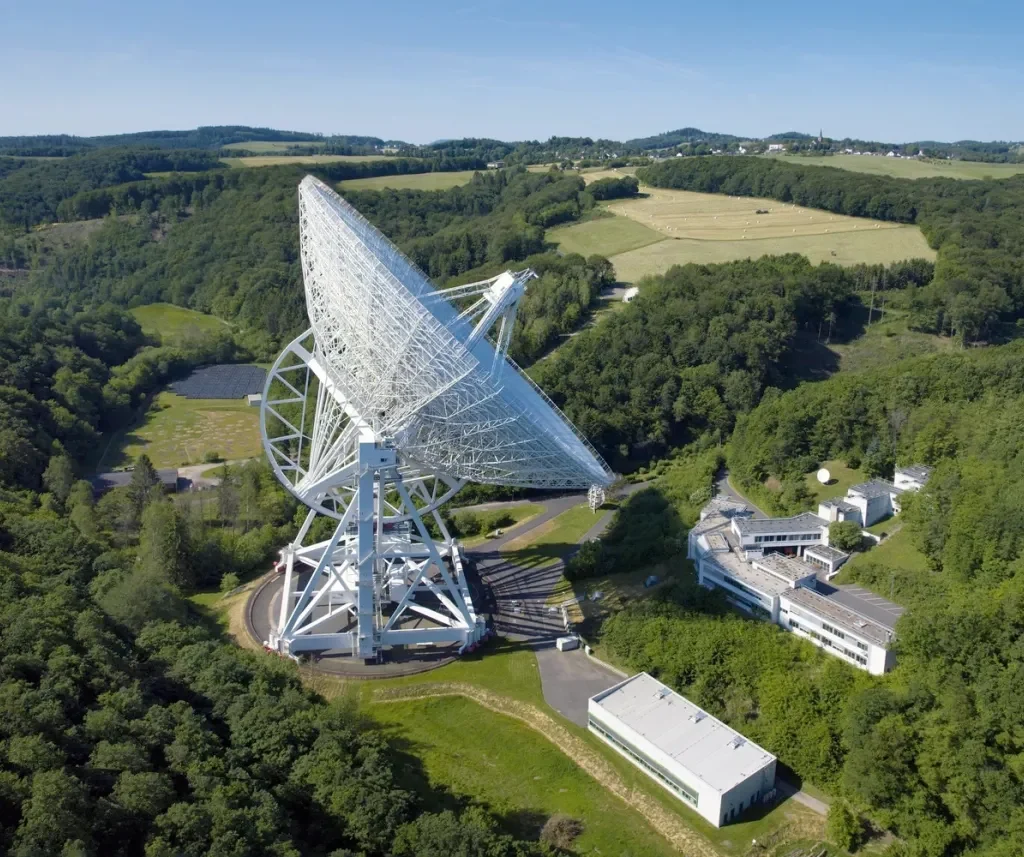The United Nations Committee on the Peaceful Uses of Outer Space (COPUOS) has greenlit a pioneering move to scrutinize the looming risks that satellite constellations pose to astronomy, a year subsequent to a thwarted similar endeavor. Marking a pivotal stride in diplomatic avenues concerning celestial research, COPUOS, in a recent session of its scientific and technical subcommittee, consented to introduce an agenda item titled “Dark and quiet skies, astronomy and large constellations: addressing emerging issues and challenges” for deliberation in its forthcoming meetings spanning 2025 through 2029. Nonetheless, the proposal awaits final ratification by the entire COPUOS assembly in June.
The envisaged agenda item is primed to confront burgeoning apprehensions encircling the perturbation satellite constellations cast upon terrestrial astronomy. These concerns encompass satellite transmissions that disrupt radio astronomy and the deleterious impact of satellite-reflected sunlight, inducing streaks in optical and infrared imagery.
“This is a significant diplomatic moment for astronomy,” articulated Richard Green, an astronomer hailing from the University of Arizona and currently serving as the interim director of the International Astronomical Union's Center for the Protection of the Dark and Quiet Sky from Satellite Constellation Interference (CPS). “Since the first constellation launches in 2019, we have been working hard to raise awareness of this issue with all relevant parties and at all levels. It's very gratifying to see the United Nations recognize its importance and agree to look into the issues and challenges posed by large constellations.”
Incorporating this contentious issue into COPUOS's agenda sets the stage for structured discourse in future sessions. A pivotal long-term objective entails formulating recommendations on optimal protocols to curtail satellite constellation interference, which member states could potentially enshrine into domestic legislation and regulatory frameworks.
Nonetheless, this endeavor encountered impediments in the past. COPUOS functions on the premise of unanimity, necessitating the consensus of all its 103 member states to advance any agenda item—a dynamic enabling even a solitary dissenting nation to stymie progress.
“We did find an obstacle and a hurdle there in terms of getting this on the agenda,” disclosed Ryan Guglietta of the U.S. State Department's Office of Space Affairs, reflecting on previous COPUOS discussions during sessions of the American Astronomical Society (AAS) conference.
In response to this impasse, a coalition of nations spearheaded a more informal mechanism, dubbed the “Group of Friends,” under the auspices of the U.N. This coalition, initiated by Chile and Spain and comprising 16 nations including the United States, alongside various astronomical and space organizations, convened to advocate for the inclusion of the dark and quiet skies issue within the COPUOS framework.
The COPUOS's resolution to scrutinize dark and quiet skies issues parallels a parallel initiative by the International Telecommunication Union (ITU). At the conclusion of the World Radiocommunication Conference (WRC) in Dubai, ITU members assented to appending an agenda item for the forthcoming WRC in 2027, delving into radio quiet zones and safeguarding radio telescopes against interference stemming from satellite constellations. This deliberation could potentially culminate in novel ITU regulations, binding on all member nations, to mitigate such interference.
“The last time there was an agenda item on radio astronomy in the ITU was over a decade ago, so this really shows the significant profile and attention that astronomy has garnered in international bodies like the U.N.,” remarked Federico di Vruno, co-director of CPS and spectrum manager at the Square Kilometer Array Observatory, a radio telescope in Australia and South Africa.
